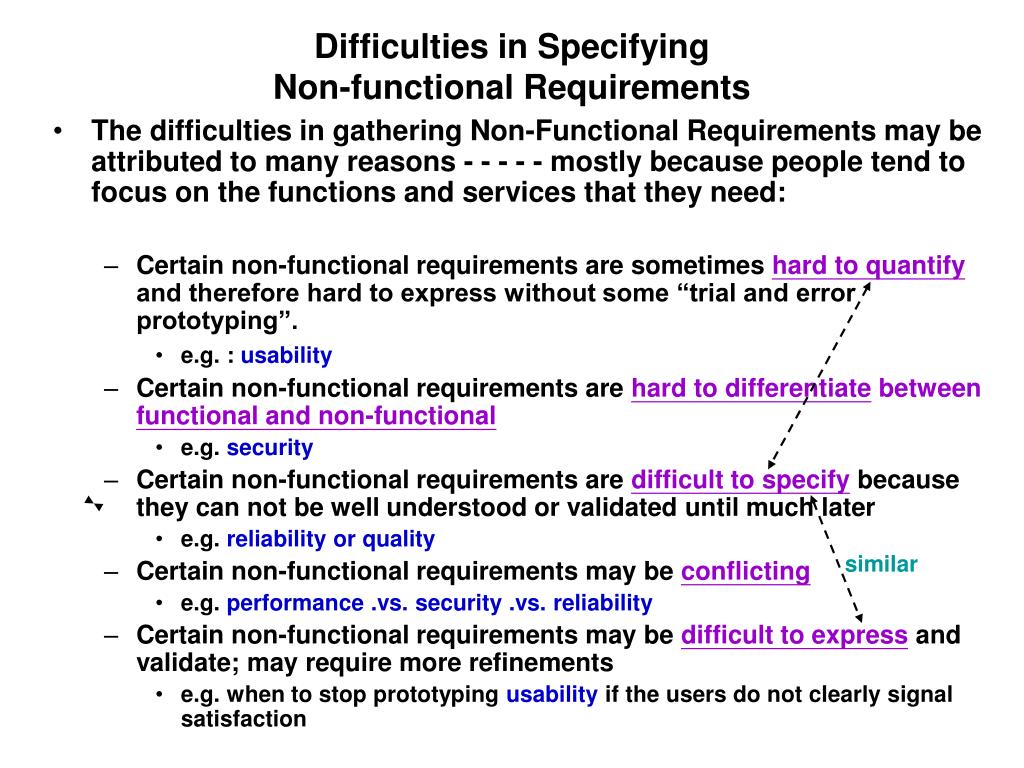

One of the most important tasks of developing high-quality software is gathering the right requirements and ensuring no missing requirements.

However, since this dataset is small and consists of only 104 requirements, this might affect the generalizability of the results of this research. A new dataset is also created for classification purposes, comprising requirements related to IoT-oriented healthcare systems. This research is not only novel in its concept of using a machine learning approach for classification of non-functional requirements from IoT-oriented healthcare system requirement documents, but it also proposes a novel hybrid KNN-rule based machine learning algorithm for classification with better accuracy. The results show that our novel hybrid KNN rule-based machine learning algorithm outperforms others by showing an average classification accuracy of 75.9% in classifying non-functional requirements from IoT-oriented healthcare requirement documents.

The machine learning algorithms considered for classification are Logistic Regression (LR), Support Vector Machine (SVM), Multinomial Naive Bayes (MNB), K-Nearest Neighbors (KNN), ensemble, Random Forest (RF), and hybrid KNN rule-based machine learning (ML) algorithms. In this research, an experiment is performed where non-functional requirements are classified from the IoT-oriented healthcare system's requirement document. Missing non-functional requirements in the Requirement Engineering (RE) phase results in IoT oriented healthcare system with compromised security and performance.
NON FUNCTIONAL REQUIREMENTS MANUAL
The manual process of classifying the non-functional requirements from documents is erroneous and laborious. However, no attention is given to classifying the non-functional requirements from requirement documents. Currently, machine learning-based techniques are adopted to ensure security and other non-functional requirements in smart health care systems. Healthcare systems, which are IoT-oriented, provide monitoring services of patients' data and help take immediate steps in an emergency. Internet of Things (IoT) involves a set of devices that aids in achieving a smart environment. 3Department of Cyber Security, Air University, Islamabad, Pakistan.2Robotics and Internet-of-Things Laboratory, Prince Sultan University, Riyadh, Saudi Arabia.1Department of Software Engineering, International Islamic University, Islamabad, Pakistan.Iqra Khurshid 1, Salma Imtiaz 1, Wadii Boulila 2 *, Zahid Khan 2, Almas Abbasi 1, Abdul Rehman Javed 3 * and Zunera Jalil 3


 0 kommentar(er)
0 kommentar(er)
